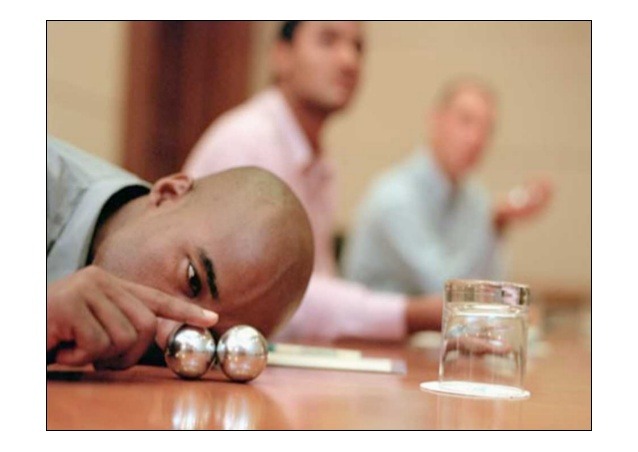Study shows promising results of EEG-based brain training in helping adults with ADHD
 Managing attention deficit disorder by training the brain (ScienceDaily):
Managing attention deficit disorder by training the brain (ScienceDaily):
Attention Deficit Hyperactivity Disorder (ADHD) affects about 7% of children, with a two out of three chance of persisting into adulthood. This neurodevelopmental disorder is characterised by concentration difficulties, increased distractibility, impulsivity and hyperactivity. Today, ADHD is treated with pharmaceutical drugs that may have unwanted side effects. This is why scientists from the University of Geneva (UNIGE) and the University Hospitals of Geneva (HUG), Switzerland, explored a new technique called ‘neurofeedback’, which enables ADHD patients to train their attention, based on instant feedback from the level of their brain activity.
The team of neuroscientists found that not only did the training have a positive effect on patients’ concentration abilities, but also that the attention improvement was closely linked to an enhanced response from the brain- the P3 wave — which is known to reflect integration of information in the brain …
Neurofeedback is a type of neurocognitive intervention based on the training of “real-time” brain signals. Using an electroencephalogram (EEG) with 64 sensors, the scientists capture the electrical activity of cortical neurons and focus their analysis on the spontaneous Alpha rhythm (with frequency around 10 Hertz), coupling its amplitude fluctuation to a video game that the patients can control with the power of their attention. “The aim of neurofeedback is to make the patients aware of the moments when they are no longer attentive. With practice, brain networks then “learn” to reduce attentional lapses through neuroplasticity,” explains Tomas Ros, researcher in the Department of Basic Neurosciences at UNIGE Faculty of Medicine and at the Centre for Biomedical Imaging (CIBM) … “The ultimate goal is to enable patients to learn to concentrate without medication and to be able to train their brain in the comfort of their home,” concludes Tomas Ros.
The Study:
Electrophysiological correlates of improved executive function following EEG neurofeedback in adult attention deficit hyperactivity disorder (Clinical Neurophysiology). From the Abstract:
- Methods: We recorded high-density EEG in 25 adult ADHD patients and 22 neurotypical controls during a Go/NoGo task, before and after a 30-minute NFB session designed to down-regulate the alpha (8–12 Hz) rhythm.
- Results: At baseline, ADHD patients demonstrated impaired Go/NoGo performance compared to controls, while Go-P3 amplitude inversely correlated with ADHD-associated symptomatology in childhood. Post NFB, task performance improved in both groups, significantly enhancing stimulus detectability (d‑prime) and reducing reaction time variability, while increasing N1 and P3 ERP component amplitudes. Specifically for ADHD patients, the pre-to-post enhancement in Go-P3 amplitude correlated with measures of improved executive function, i.e., enhanced d‑prime, reduced omission errors and reduced reaction time variability.
- Conclusions: A single-session of alpha down-regulation NFB was able to reverse the abnormal neurocognitive signatures of adult ADHD during a Go/NoGo task.
- Significance: The study demonstrates for the first time the beneficial neurobehavioral effect of a single NFB session in adult ADHD, and reinforces the notion that ERPs could serve as useful diagnostic/prognostic markers of executive dysfunction.
The Study in Context:
- Meta-analysis finds sustained benefits of neurofeedback for kids with ADHD
- What are cognitive abilities and how to boost them?
- Study shows why children with ADHD should be reevaluated each year: Attention problems perceived by teachers are far less stable than we imagine
- Neurofeedback or medication to treat ADHD?
- FDA clears first videogame to be prescribed to kids with ADHD: EndeavorRx by Akili Interactive Labs


